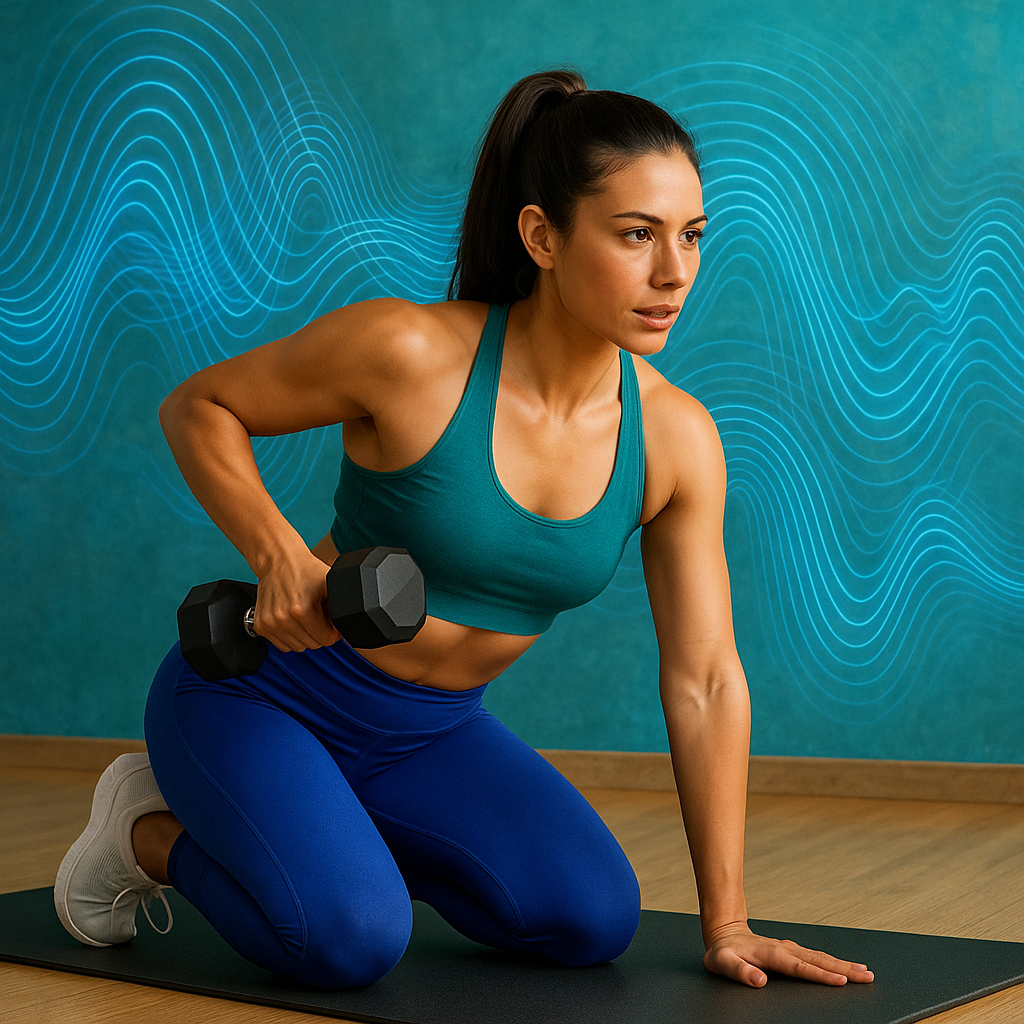Have you ever wondered if sound can help you get stronger or recover faster after exercise? With the rise of bio-resonance workouts, people are tuning into a new way to move their bodies. This article will explain what bio-resonance workouts are, how they help your health, when to use them, and how to stay safe while using this exciting fitness approach.
What Is a Bio-Resonance Workout?
A bio-resonance workout is a type of exercise where sound waves or vibrations are used to help the body move, recover, or relax. These sound waves are created using special devices or tools that send specific frequencies into the body. When the body responds to these frequencies, it can help improve physical performance, reduce muscle soreness, and even improve mental focus. Think of it as a workout for both your body and your nervous system, powered by sound.
Health Benefits and Precautions
Bio-resonance workouts can offer several health benefits. Many people say they feel more relaxed and focused after using sound frequencies during exercise. Some users report faster muscle recovery and less muscle soreness after intense workouts. Certain vibrations are also believed to support better blood flow and deeper stretching, making them great for recovery days or cooldowns.
However, there are a few precautions to keep in mind. People with pacemakers or other electronic implants should talk to a doctor before trying sound-wave devices. High-frequency sounds may not be safe for everyone, especially those with hearing problems or neurological conditions. It’s also important to follow instructions carefully when using sound therapy equipment during your routine.
Step-by-Step: How to Do a Bio-Resonance Workout
Bio-resonance workouts can be performed in several ways depending on your goal—whether it’s warming up, training, or recovering. Here’s how to get started:
1. Choose Your Equipment
Use certified bio-resonance or vibration therapy tools. These may include vibration plates, wearable sound devices, or headphones that produce specific frequencies. Make sure the equipment is designed for safe home or gym use.
2. Set Clear Goals
Decide whether you’re using sound waves for warm-up, muscle building, or recovery. Some frequencies energize the body, while others promote relaxation.
3. Find a Calm Space
Choose a quiet and comfortable environment without distractions, especially if using sound through a speaker or headphones. This helps the body absorb the benefits more fully.
4. Begin With Light Movement
Start by stretching or doing low-impact movements. Turn on the sound device and let it run for about 5 to 10 minutes while you stretch or do yoga-like poses. For active movement, pair frequencies with light resistance training or aerobic steps.
5. Cool Down with Recovery Frequencies
After your main workout, use calming sound waves to help muscle recovery and relax your breath. Lie on a mat, close your eyes, and breathe deeply while the sound runs for 10 to 15 minutes.
When to Include It in Your Fitness Plan
Bio-resonance workouts can be added at different times depending on your fitness goals:
- Before your workout: Use energizing sound waves to activate your muscles and improve your focus.
- During your workout: Use low-frequency vibrations while doing bodyweight or light-resistance exercises to enhance mind-muscle connection.
- After your workout: Use calming frequencies to help cool down and reduce muscle tension.
You can also add bio-resonance once or twice a week during recovery days. This gentler form of movement gives your body time to heal and grow stronger while still staying active.
How to Avoid Injury
Like all workouts, it’s important to follow safety steps when using bio-resonance. Here are some important tips to keep in mind:
- Start slow: Try short sessions at lower volumes or frequencies until your body gets used to the sensations.
- Use tested devices: Only use certified or professionally recommended bio-resonance tools.
- Listen to your body: If you feel dizzy, tired, or uncomfortable, stop immediately and rest.
- Get expert advice: Talk to a trainer or a doctor if you’re unsure whether this kind of workout is right for you.
Staying injury-free means paying attention to how your body responds and avoiding overuse of vibration tools. It’s also helpful to balance your workout routine with stretching, hydration, and rest.
Conclusion
Bio-resonance workouts offer a unique way to exercise using sound and vibration. Whether you’re an athlete looking for better performance or just want to relax after a long day, these workouts can help your body and mind. Just remember to use the right tools, move with care, and always make space for rest and recovery. With sound on your side, your next workout might feel a little more powerful—and a little more peaceful.
Share this content:



